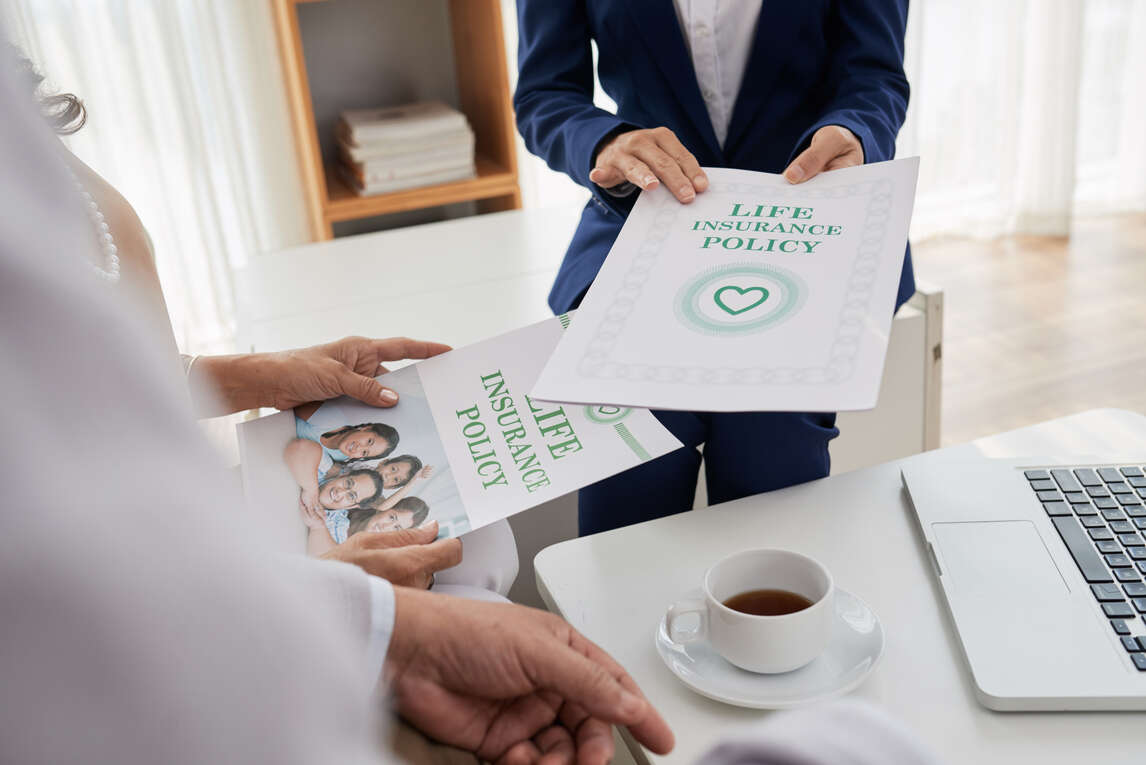
Knowledgeable business owners and managers may already be familiar with a circular economy model, otherwise known as a closed-loop economy model is. They’re familiar because of all of the benefits these models are capable of offering to their business. This post will provide a breakdown of those benefits, particularly in regards to manufacturing.
Prior to this breakdown, it’s important to understand the reason in which this model received its name. A closed-loop economy may also be referred to as a closed-loop supply chain or closed-loop system due to the ways in which the model fails to produce waste. The model ensures that everything is reused, recycled, shared, or repaired in a way that can be used to create anew.
As more companies opt into closed-loop economies, they contribute to the saving of raw material supplies and minimize their impact on the environment. Innovation and job growth are encouraged. Moreover, savings can boost corporate profits and be passed on to consumers. Which in turn can boost customer loyalty, improve your company’s public perception, and produce significant long-term savings; all while reducing the need for external suppliers.
How Your Business Can Apply This Model
In order to truly establish a closed-loop economy, businesses must work together to cultivate a closed-loop supply chain. Meaning more organizations have to consider how their products and packaging are designed and manufactured, in addition to how those same products are sold, refurbished, and recycled. As more businesses collaborate and participate within a closed-loop supply chain, more raw material is able to be saved and thus the benefits to organizations and consumers can increase.
Currently, most companies follow a linear economy model, where raw materials are used by manufacturers to design and create products, which are then used and disposed of by individuals or companies. Little material is saved, and most is wasted, and the process must start again with new raw materials, assuming they are available.
Reducing this waste is the strength of a closed-loop economy. When businesses produce less waste and find ways that their materials can be collected after being consumed and then reused, they’re both benefiting from a production perspective and from an environmental one. With the help of this model, businesses effectively reduce manufacturing costs while simultaneously creating more environmentally sustainable products for their customers.
Hoping to learn more about some strategies to aid your business in integrating this model into your operations? Take a minute to review the information shared within the infographic featured alongside this post. Courtesy of Quincy Recycle.






